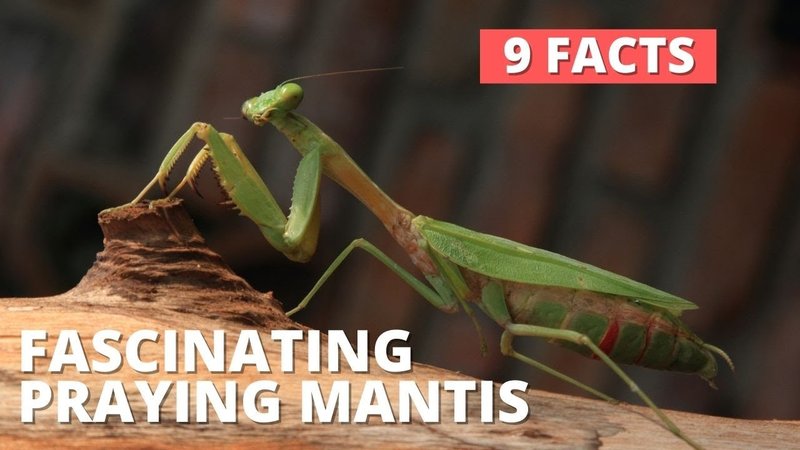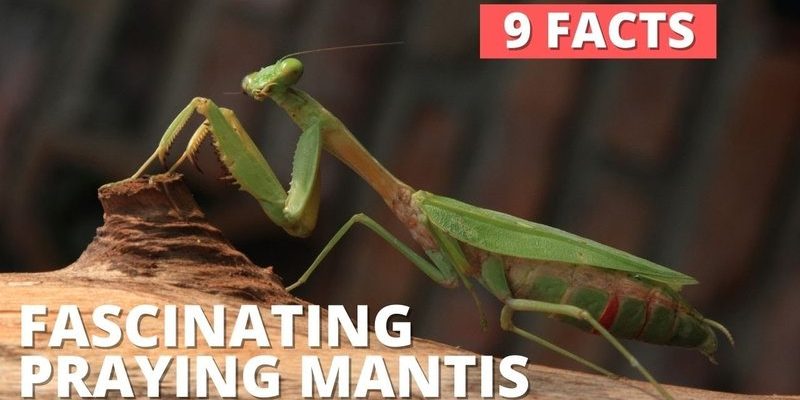
You might be surprised to learn that mantids are not all that scary, despite their predatory nature. They play an essential role in our ecosystem, sipping nectar when not hunting and helping control pests that plague our gardens. So, let’s dig a little deeper into the world of mantids and separate fact from fiction. In this article, we’ll explore some common myths about these intriguing insects, ensuring you walk away with a better understanding of what they really are.
Myth 1: Mantids Are Dangerous to Humans
Here’s the thing: when you first spot a mantid, it can be easy to feel intimidated. With those spiky forelegs and a grip that seems to resemble a wrestling hold, it’s not hard to see why people might think they’re a bit on the dangerous side. However, let me explain that mantids are actually harmless to humans. They don’t bite unless provoked—think of them more as curious bystanders than fierce predators.
When you compare them to other insects, mantids are actually quite docile. Even when they hunt, their focus is on smaller creatures like crickets and flies, not on humans. In fact, many people keep mantids as pets because they are low maintenance and rarely act aggressively. So, if you encounter one in your garden, just admire it from a distance!
Myth 2: Mantids Only Eat Live Prey
You might be wondering if mantids are simply ruthless killers, only interested in snatching up live food. While it’s true that they do hunt insects, mantids also enjoy a varied diet. In fact, they sip nectar from flowers just like bees do! This behavior helps them get essential nutrients when live prey is scarce.
Taking care of a mantid can be an exciting journey. If you’re considering having one as a pet, you might find it fascinating to watch them munch on fruit or flower petals, beyond just their usual bug banquet. It’s a reminder that even the fiercest predators have a softer side!
Myth 3: Mantids Are Invincible and Don’t Have Predators
So, mantids might look tough with their cool armor-like bodies, but they are not invincible. In fact, they have quite a few natural enemies. Birds, spiders, and even animals as small as frogs all consider mantids a tasty snack. It’s a classic case of the food chain at work in nature.
While mantids might be fierce hunters, their lives are still at risk in the wild. They use their stealth and agility to avoid predators, often camouflaging themselves among leaves and branches. This fascinating survival tactic shows that, despite their reputation, mantids need to stay smart and alert in their environment.
Myth 4: All Mantids Are Green
Many people picture mantids as being bright green, blending perfectly with the leaves they rest upon. While that’s true for some species, there are numerous types of mantids in various colors, shapes, and sizes. Some are brown, while others sport shades of yellow or even pink.
This diversity allows them to adapt and thrive in different environments. A camouflage strategy can be crucial for survival, depending on their habitat. So the next time you spot a mantid, pay attention to its color—it might surprise you!
Myth 5: Mantids Are Only Found in the Tropics
Another common misconception is that mantids are exclusive to tropical regions. While it’s true that many species thrive in warmer climates, you can also find mantids in temperate zones, even in your backyard! They’re quite adaptable and can live in various environments, from forests to gardens to urban areas.
Many species have been studied worldwide, so if you want to explore your local ecosystem, just take a closer look! You might discover mantids in places you’d never expect. Plus, this wider distribution showcases how adaptable and resilient these insects truly are.
Myth 6: Mantids Engage in Cannibalism All the Time
It’s often said that female mantids devour their mates after mating, which sounds pretty dramatic, right? While it does happen in some species, it’s not the norm for all mantids. Cannibalism usually occurs in stressful conditions, like scarcity of food.
In healthy environments where food is abundant, mantids can mate and coexist without resorting to such extreme measures. So while it makes for an exciting story, it’s not always the reality. Just like in any species, behavior can vary widely based on situation and environment.
Myth 7: Mantids Are Not Important to the Ecosystem
Some might think mantids are just another garden insect, but let’s set the record straight: they play a vital role in their ecosystems. As natural pest controllers, they help keep populations of harmful insects in check, benefiting plants and contributing to the balance of nature.
By feeding on pests, mantids reduce the need for chemical pesticides—an added bonus for anyone looking to maintain a healthy garden. So the next time you spot a mantid, remember that it’s not just an insect; it’s a valuable ally in keeping our environment healthy.
Mantids are truly remarkable creatures wrapped in mystery and misconception. By exploring these common myths, we can better appreciate their unique role in nature and understand how they contribute to the balance of our ecosystems. So next time you spot one, whether in your garden or out in the wild, take a moment to admire this fascinating insect.
Remember, mantids may look fierce, but they’re often quite gentle and important to our world. Let’s celebrate them for the quirky, beautifully intricate beings they are!

